The 59th edition of the Zimbabwe International Trade (ZITF) was by far the largest in decades both in terms of attendance by local and foreign exhibitors as well as the business activity.
Not only did those who exhibited feel the difference but the organisers too who concluded that the country's premier trade showcase was over-subscribed.
A total of 18 countries were being represented this year, including first timer — the United Arab Emirates — while local participation has also increased.
Close to 500 direct exhibitors participated this year, about 40 percent higher than last year's closing total of 356 direct exhibitors, and 30 percent higher than last year.
ZITF also recorded a 25 percent increase in the number of new local exhibitors.
The show ran under the theme: "Sustainable Industrial Development — Inclusive, Competitive, and Collaborative."
In recent years, China and South Africa used to dominate the fair but despite President Emmerson Mnangagwa having clinched mega deals, particularly with China, the Asian country was not visible at the fair. As for South Africa, they only managed to send a few companies.
While a lot can be said about the historical success of the ZITF, the same cannot be said about the host city's industrial case, where industries have remained in dire straits with pentecostal churches continuing to dominate the Belmont, Kelvin and Thorngroove industrial sites and where vending and informal trade has become common sight owing to a high rate of unemployment.
Talk of a city which was once proud of what looked like its permanent prestige founded on its phenomenal tag as an industrial hub.
While State firms such as the struggling Cold Storage Company (CSC) and the National Railways of Zimbabwe (NRZ) in particular, painted a different picture with large exquisite exhibition at the fair, outside they have a well-known record of poor performance.
Economist Prosper Ndlovu said while government was buoyed by the significant response to the "Zimbabwe is open for business" mantra which might have led to a huge turnout at ZITF, it should be noted that local industry deserved attention.
"Yes, we might talk of the ZITF having been successful but the most important question is how did it help re-industrialise Bulawayo which is now a laughing stock in the country?" he asked.
"The government should explain to us how the Trade Fair as an institution has helped the second largest city in terms of rebuilding and reviving our once-thriving industries. There is need for clear pointers, tangible and sustainable results from such events as the ZITF."
Economist Reginald Shoko said the huge turnout was as a result of the confidence brought by the new political dispensation.
"The large numbers at the fair this year can be attributed to the re-engagement efforts of government and the current positive perspective the country is carrying out in the global village," Shoko said.
"But the limited exhibition by Bulawayo companies is a reflection of the state of industry, the trade fair must benefit Bulawayo beyond the business that comes with hosting it, otherwise it will be like other traditional events.
The ZITF must consider being an active player in the efforts of the re-industrialisation of Bulawayo.
"It's great seeing the battles back at the fair but the sad state of CSC which must be revived for the development of the economy of Bulawayo. The new dispensation is making efforts of transforming Zimbabwe from a political advancing country to the equilibrium balance between politics and economics through re-engagement."
Zapu spokesperson Iphithule Maphosa said the turnout at the Trade fair starkly contrasted with developments in the city's industrial story.
"The over-subscribed trade fair edition is cosmetic, especially considering that Bulawayo has literally become a residence city following de-industrialisation of the city over the years."
"Zanu PF's policies and lack of them has seen industries close in Bulawayo, with some relocating to Harare in a systemic and institutionalised marginalisation agenda by the Zimbabwean government," Maphosa said.
He added: "So, there is really not much we can read from the crowds at ZITF 2018 because the majority of the exhibitors were from outside Bulawayo.
"The picture is in sharp contrast with the real situation on the ground. Even the struggling parastatals, whose exhibitions were of high quality and standards while failing to pay workers for years on end, were sponsored by the failing government to portray a false picture of success."
In his address while officially opening the ZITF, Mnangagwa appeared to have no clue on how to bring back Bulawayo to its feet reminiscent to its golden days as he appealed to the equally struggling businesses to up their game so as to promote economic growth.
"Sustainable economic growth will be achieved by us together, government, the private sector and foreign investors, my administration will consistently engage with all stakeholders to further improve the business operating environment," Mnangagwa said.
He added: "Our resolve to attract foreign direct investment is re-engagement, partnership, attract Diaspora remittances and promote export productivity will ultimately result in a growing economy and translate into improved liquidity of foreign currency, our humility."
Government has in the past introduced facilities such as the Distressed and Marginalised Areas Fund (Dimaf) and the Zimbabwe Economic Trade Revival Facility to help companies recapitalise.
However, most of the companies that got money from Dimaf remained in doldrums as the loans were of a short-term nature, very small and had punitive interest rates.
Some have pinned their hopes on the Special Economic Zones (SEZs) initiative now led by former Reserve Bank of Zimbabwe governor Gideon Gono for possible economic revival of the city.
This comes after Bulawayo was one of the few chosen for implementation of the SEZs that have been touted as a key pillar in attracting foreign direct investment and creation of employment.
In reference to Bulawayo, Mnangagwa challenged local business to play their part on taking up the opportunities that the government has made available through various policy instruments.
"Let me take this opportunity to urge Bulawayo to take advantage of its special economic zone status to emerge as the industrial cultural and conferencing hub. I implore the local community to think big and not think small. Think big about the immense potential that is abound in this beautiful city of kings and queens."
In his bid to resuscitate local companies, Mnangagwa cited the commencement at Shangani Gwayi dam which is set to supply water to the second largest city as well as the revival of the NRZ as some of the major developments his government is spearheading.
"Meanwhile, the construction of Gwayi-Shangani Dam has resumed in earnest following the budgetary allocation and is expected to increase water supply and availability in the region.
"Resuscitation of NRZ is on course and its partnership with the Diapora Infrastructure Development Group (DIDG), it is pleasing that the relationship is already yielding positive results and increased capacity utilisation that will drastically reduce the movement of bulk cargo both internally and in ports."
- dailynews
 Parliament apologises to Mnangagwa
Parliament apologises to Mnangagwa  SA decry 'non-existent' Beitbridge border post security
SA decry 'non-existent' Beitbridge border post security  Millions celebrate Diwali festival in India
Millions celebrate Diwali festival in India  Zimbabwe's dollar stock exchange surges 45%
Zimbabwe's dollar stock exchange surges 45%  Gold edges up as traders await guidance
Gold edges up as traders await guidance  Karo Platinum Project capex rises to US$546m
Karo Platinum Project capex rises to US$546m  Young Investment Professional (YIP) Graduate Programme 2019
Young Investment Professional (YIP) Graduate Programme 2019 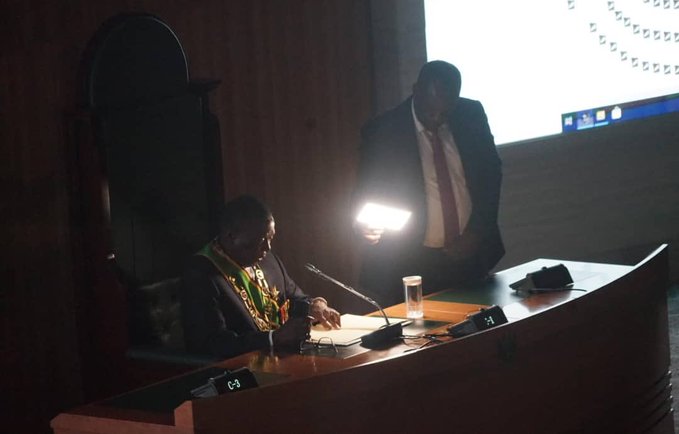
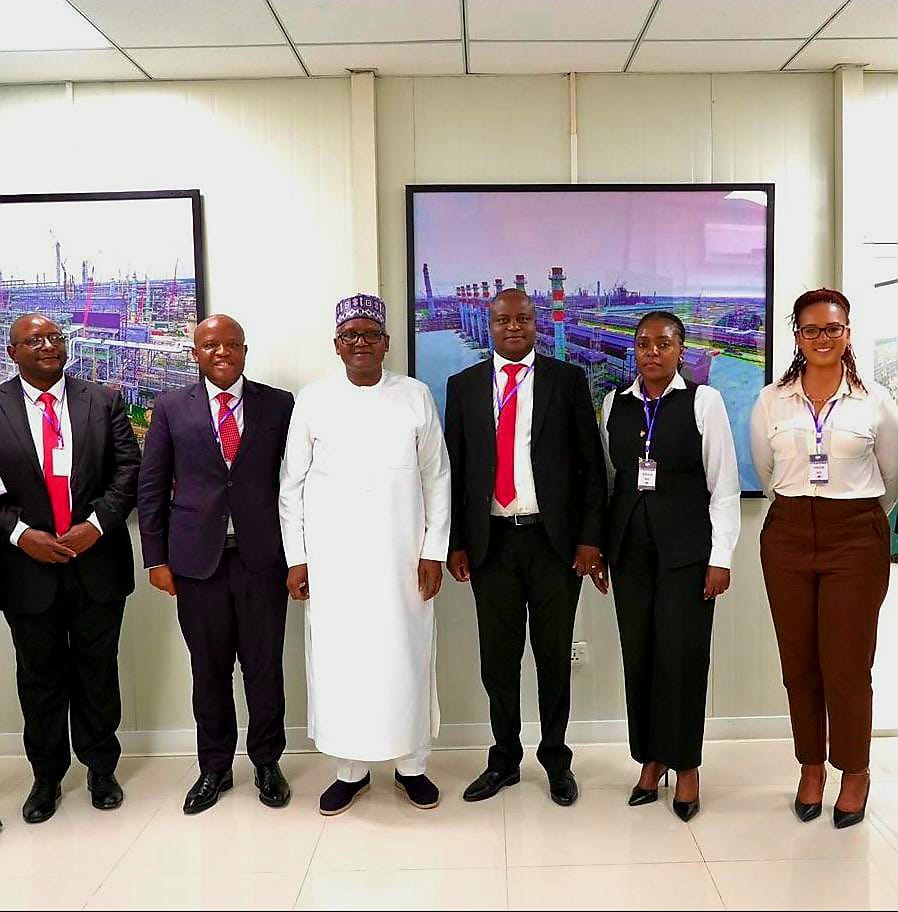
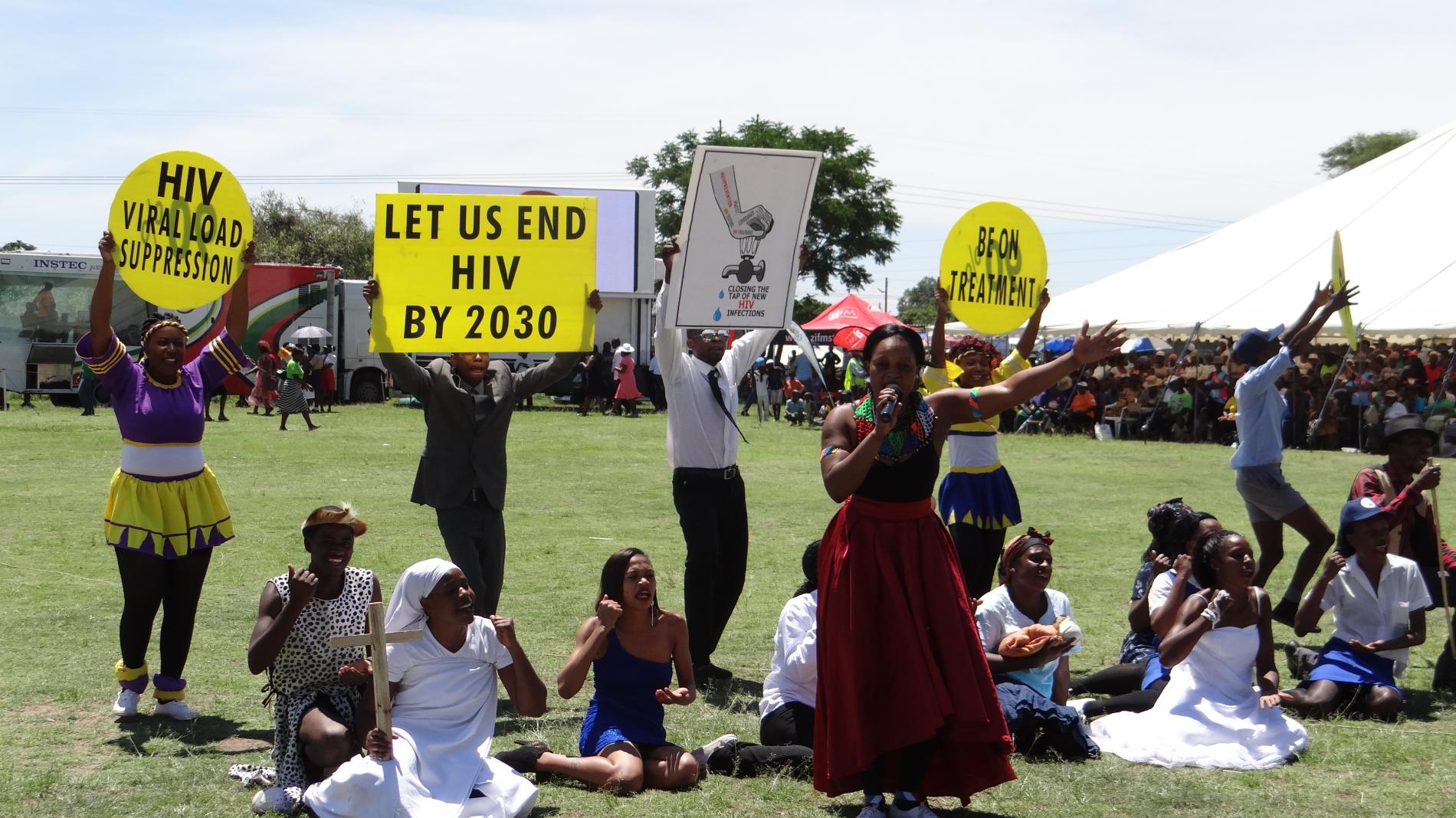
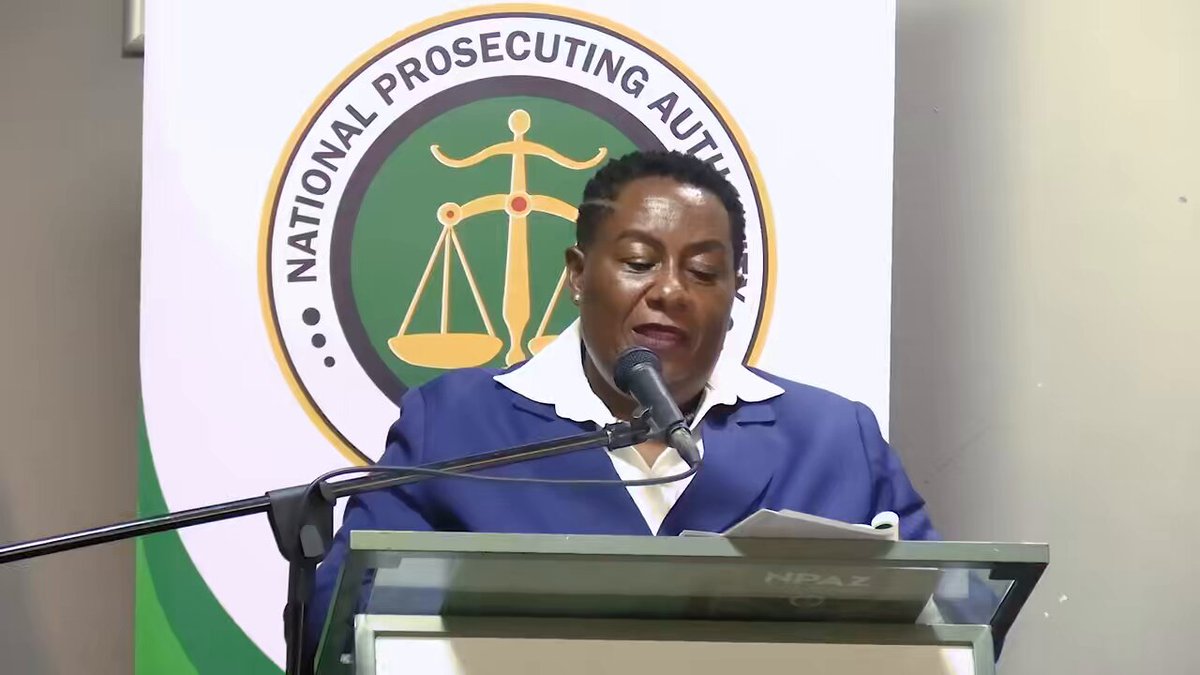


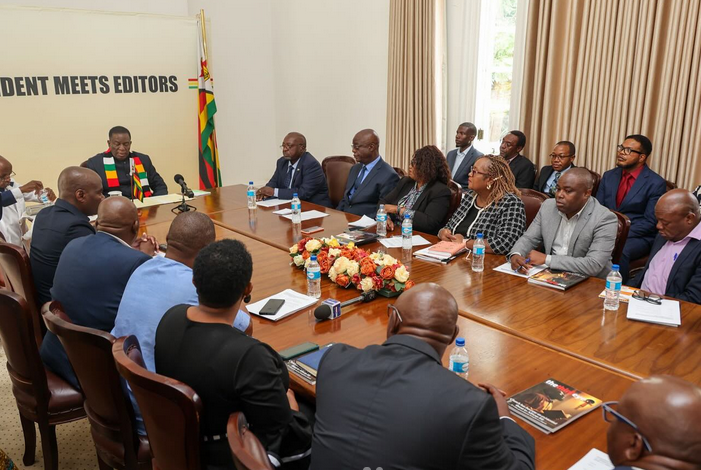
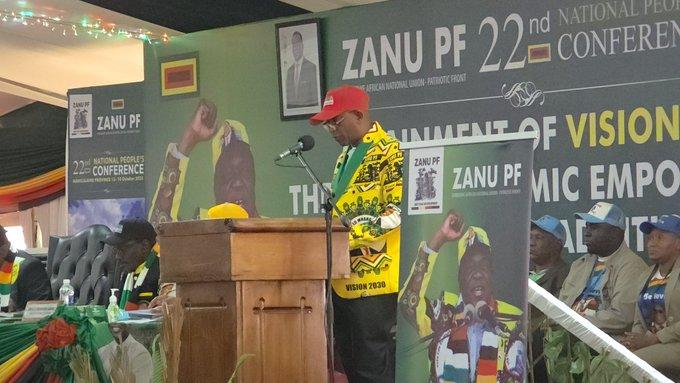
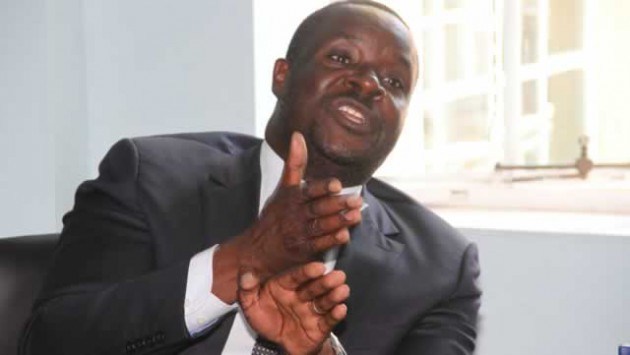

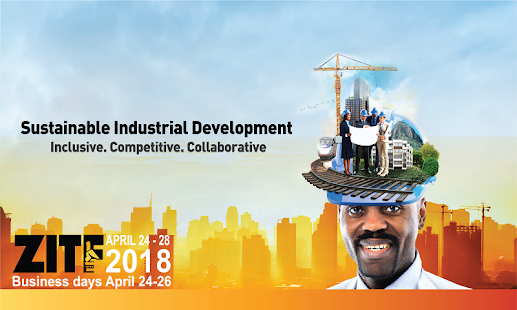
 Young Investment Professional (YIP) Graduate Programme 2019
Young Investment Professional (YIP) Graduate Programme 2019
Editor's Pick